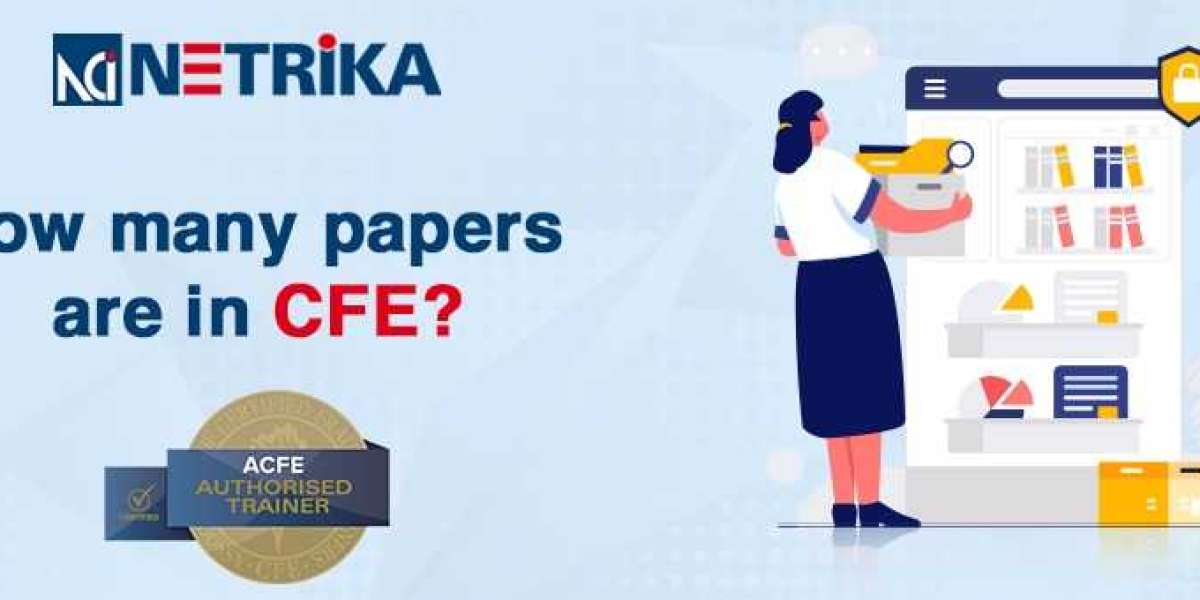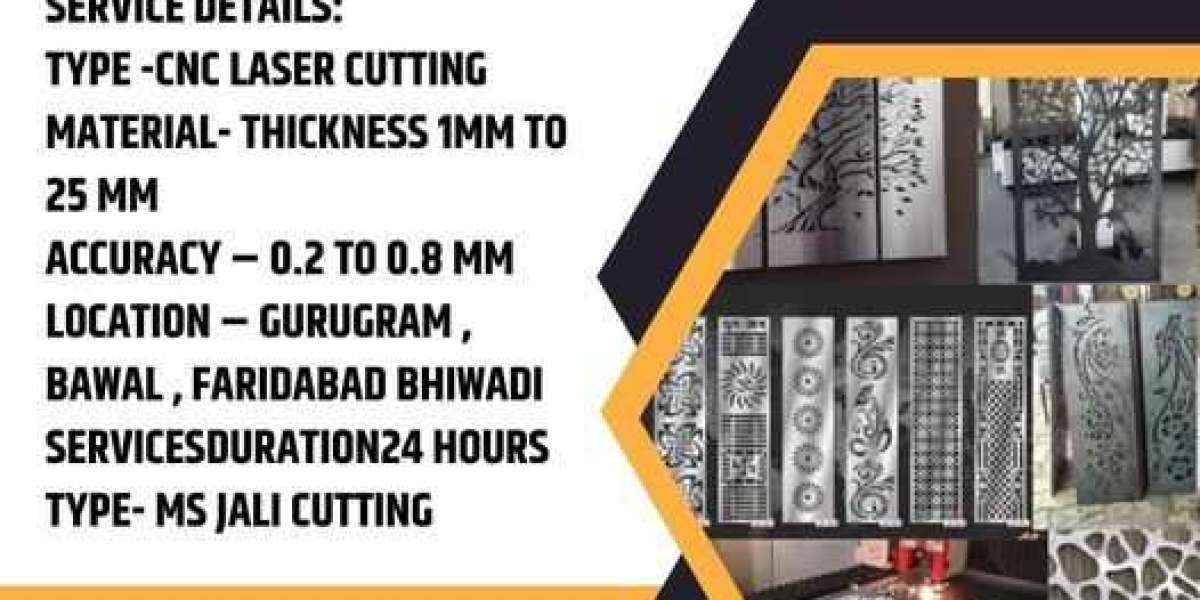Certified Fraud Examiner (CFE)
Certified Fraud Examiner (CFE) is the gold standard of anti-fraud investigative credentials that any professional with the zest of advancing their career can achieve. This credential is awarded by ACFE (Association of Certified Fraud Examiners), the largest anti-fraud investigative organization. Considering the value-adding benefits of this credential, the CFE examination is no easy feat to crack and requires a thorough understanding of its curriculum and diligent practice.Read more.
To ease the process of passing the CFE examination, this blog delves into the different levels a professional needs to pass to clear the examination.
CFE Exam Papers with a detailed structure
Section 1: Financial Transactions and Fraud Schemes
- Domain 1: Accounting Concepts Percentage of Exam
- Domain 2: Financial Statement Fraud Percentage of Exam
- Domain 3: Asset Misappropriation: Cash Receipts Percentage of Exam
- Domain 4: Asset Misappropriation: Fraudulent Disbursements Percentage of Exam
- Domain 5: Asset Misappropriation: Inventory and Other Assets Percentage of Exam
- Domain 6: Corruption Percentage of Exam
- Domain 7: Theft of Data and Intellectual Property Percentage of Exam
- Domain 8: Identity Theft Percentage of Exam
- Domain 9: Financial Institution Fraud Percentage of Exam
- Domain 10: Payment Fraud Percentage of Exam
- Domain 11: Insurance Fraud Percentage of Exam
- Domain 12: Health Care Fraud Percentage of Exam
- Domain 13: Consumer Fraud Percentage of Exam
- Domain 14: Cyberfraud Percentage of Exam
- Domain 15: Contract and Procurement Fraud Percentage of Exam
Section 2: Law
- Domain 1: Overview of the Legal System Percentage of Exam
- Domain 2: The Law Related to Fraud Percentage of Exam
- Domain 3: Bankruptcy Fraud Percentage of Exam
- Domain 4: Securities Fraud Percentage of Exam
- Domain 5: Money Laundering Percentage of Exam
- Domain 6: Tax Fraud Percentage of Exam
- Domain 7: Individual Rights During Examinations Percentage of Exam
- Domain 8: Criminal Prosecutions Percentage of Exam
- Domain 9: Civil Actions Percentage of Exam
- Domain 10: Basic Principles of Evidence Percentage of Exam
- Domain 11: Testifying Percentage of Exam
Section 3: Investigation
- Domain 1: Planning and Conducting a Fraud Examination Percentage of Exam
- Domain 2: Collecting Evidence Percentage of Exam
- Domain 3: Interview Theory and Application Percentage of Exam
- Domain 4: Interviewing Suspects and Signed Statements Percentage of Exam
- Domain 5: Covert Operations Percentage of Exam
- Domain 6: Sources of Information Percentage of Exam
- Domain 7: Data Analysis and Reporting Tools Percentage of Exam
- Domain 8: Digital Forensics Percentage of Exam
- Domain 9: Tracing Illicit Transactions Percentage of Exam
- Domain 10: Report Writing Percentage of Exam
Section 4: Fraud Prevention and Deterrence
- Domain 1: Understanding Criminal Behavior Percentage of Exam
- Domain 2: White-Collar Crime Percentage of Exam
- Domain 3: Corporate Governance Percentage of Exam
- Domain 4: Management’s Fraud-Related Responsibilities Percentage of Exam
- Domain 5: Auditors’ Fraud-Related Responsibilities Percentage of Exam
- Domain 6: Fraud Prevention Programs Percentage of Exam
- Domain 7: Fraud Risk Assessment Percentage of Exam
- Domain 8: Fraud Risk Management Percentage of Exam
- Domain 9: Ethics for Fraud Examiners Percentage of Exam
Keeping track of this examination process across the four papers is the key to cracking the exam successfully and achieving a growing career trajectory.








